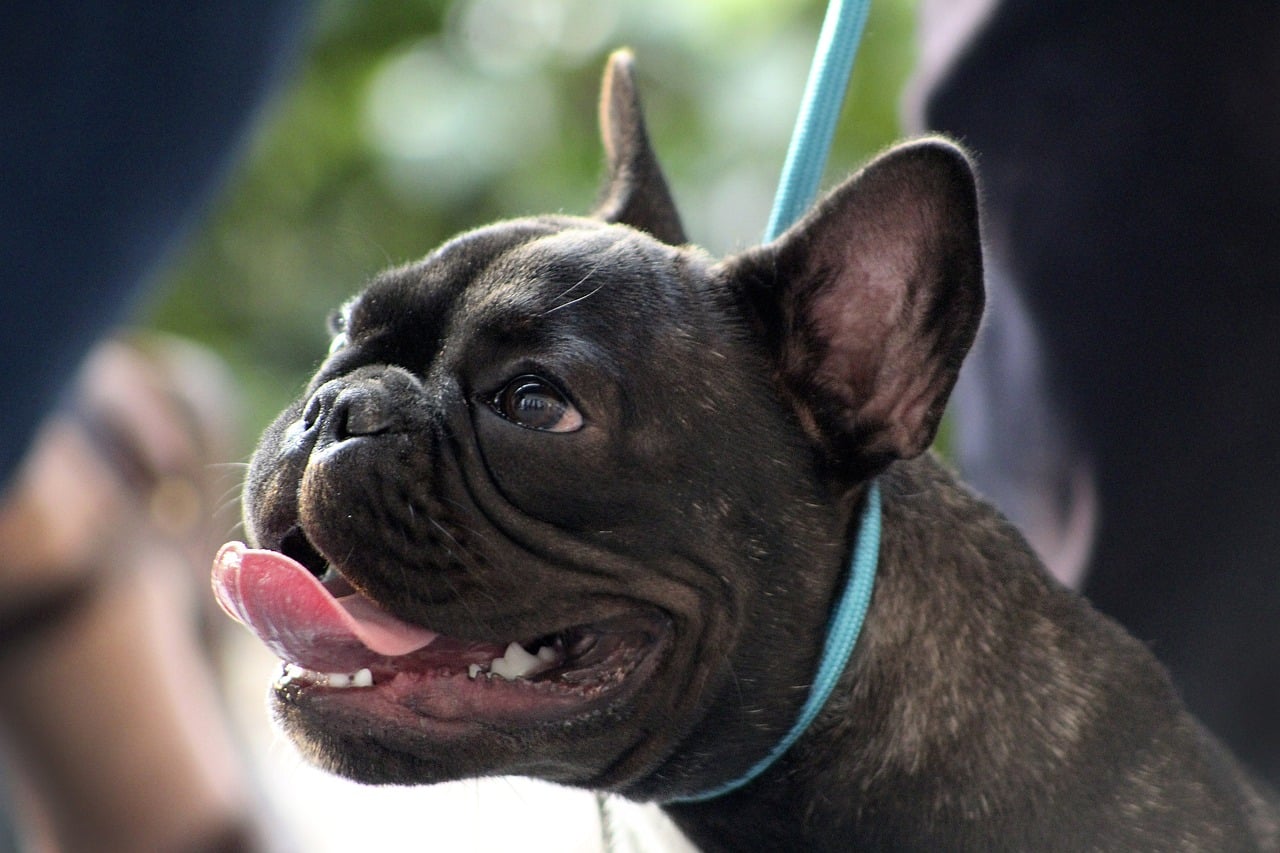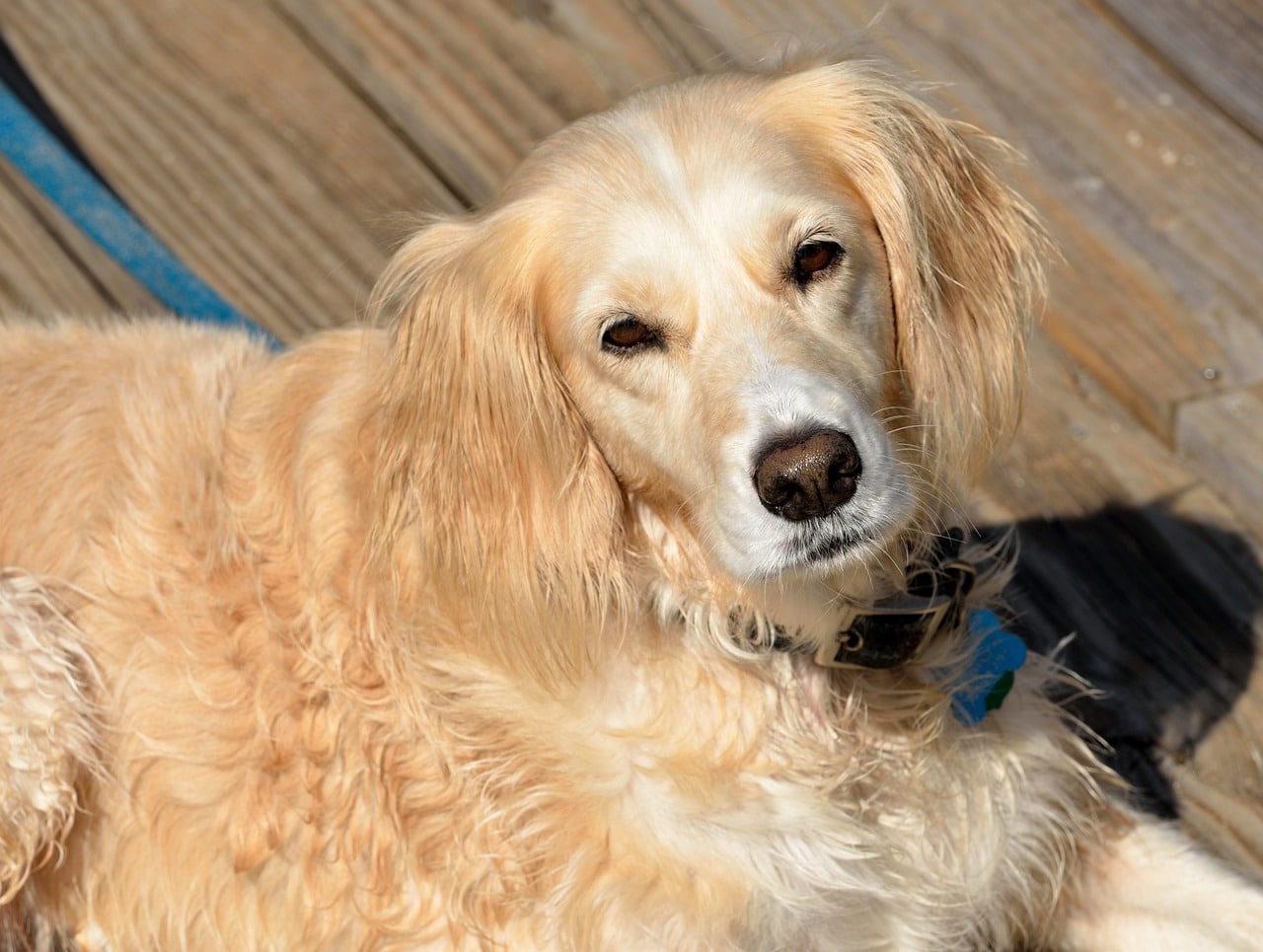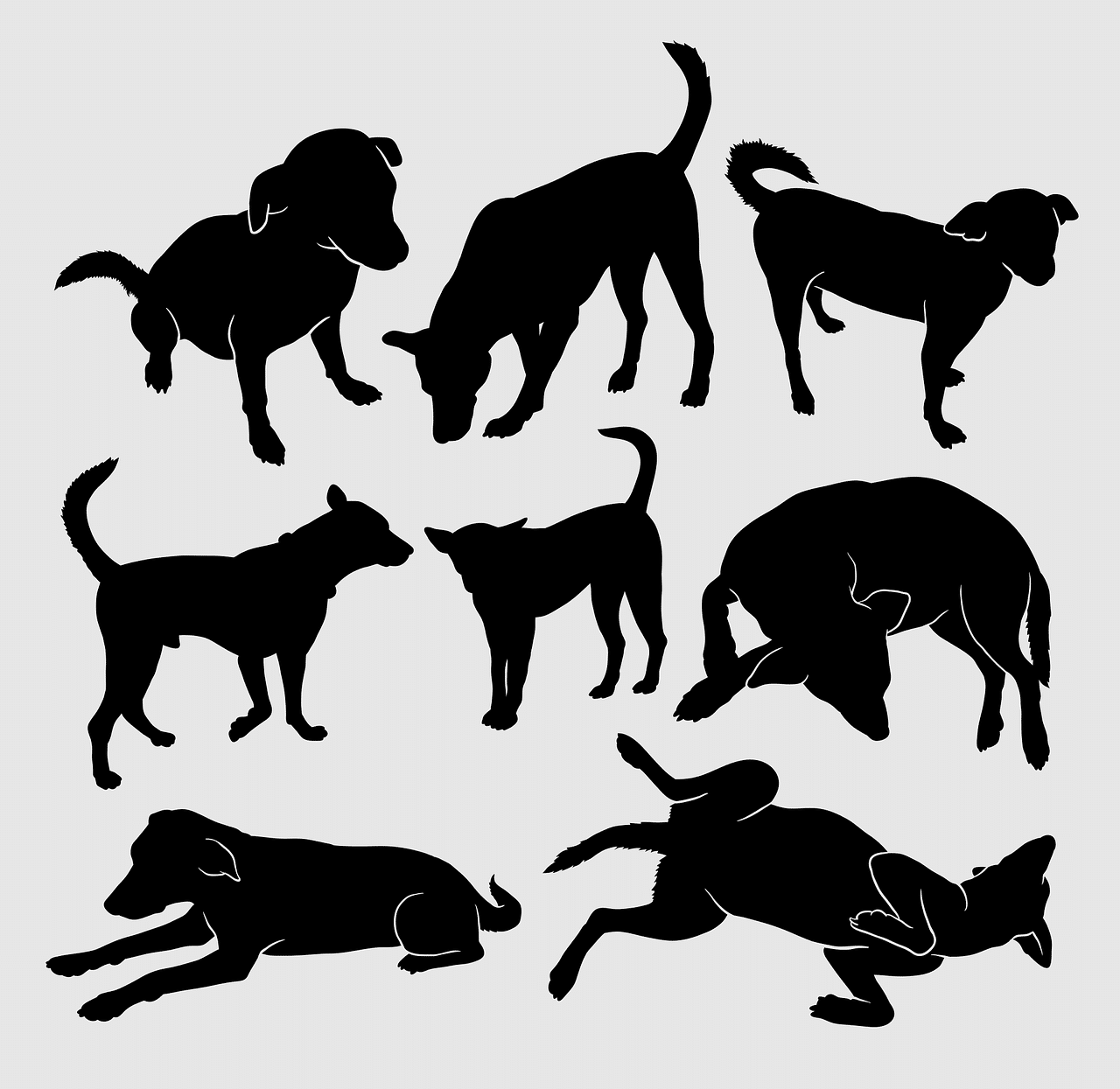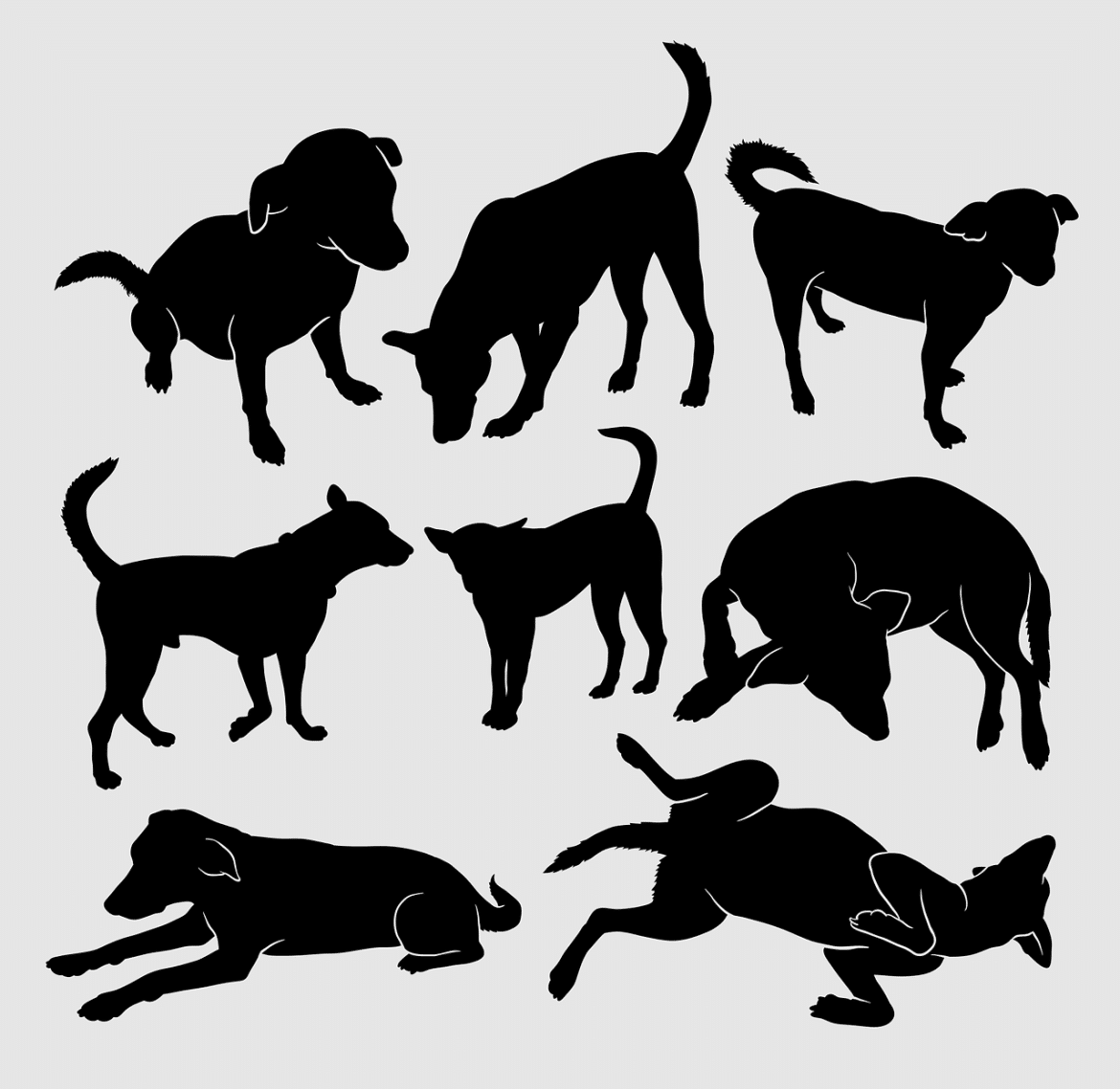If you've recently welcomed a furry bundle of joy into your home, congratulations! Training your new puppy is an exciting and rewarding experience, and one of the most important skills to teach them is leash discipline. Walking your pup should be a pleasant and enjoyable activity for both of you, but it can quickly turn into a chaotic and frustrating experience if your puppy doesn't understand how to walk on a leash. In this article, we'll guide you through the essential steps and tips to train your puppy for leash discipline, ensuring that smooth walks are just around the corner.
Understanding Leash Discipline
What is leash discipline?
Leash discipline refers to the ability of a dog to walk calmly and obediently on a leash without pulling, lunging, or behaving in an unruly manner. It involves training your puppy to understand and respect the boundaries set by the leash, allowing for a safe and enjoyable walking experience for both you and your furry companion.
Why is leash discipline important?
Leash discipline is crucial for several reasons. Firstly, it ensures the safety of your puppy and others around you. A dog that pulls or lunges on the leash can put themselves and others at risk, particularly in busy or potentially dangerous situations. Additionally, leash discipline promotes good behavior and proper socialization, as it teaches your puppy to navigate the world in a polite and controlled manner. It also allows for a more enjoyable walking experience, making your outings with your pup more pleasant and stress-free.
Common challenges with leash discipline
Leash discipline can be challenging to achieve, especially for young and energetic puppies. Some common challenges include pulling on the leash, being easily distracted, reacting aggressively towards other dogs or people, or displaying fear or anxiety while on the leash. It's important to approach leash training with patience, consistency, and a positive mindset to overcome these challenges and ensure your puppy becomes a well-behaved and confident walker.
Getting Started
Choosing the right leash and collar
When starting leash training, it's essential to select the appropriate equipment. Choose a leash and collar that are comfortable for your puppy and suit their size and breed. A standard leash length of 4 to 6 feet is usually recommended to maintain control while giving your pup enough freedom to explore. Consider using a flat collar or a harness that distributes the pressure evenly across their chest. Avoid using choke or prong collars, as they can cause discomfort or injury to your puppy.
Introducing your puppy to the leash
To introduce your puppy to the leash, begin by allowing them to sniff and investigate it while it's on the ground. This helps them become familiar with its presence and reduces any fear or apprehension. Gradually, attach the leash to their collar or harness and allow them to walk around in a safe and familiar environment, such as inside your home or a secure backyard. Ensure that the leash remains loose and don't apply any tension at this stage. This gradual introduction helps your puppy associate the leash with positive experiences and minimizes any resistance or anxiety.
Creating a positive association with the leash
To create a positive association with the leash, use treats and rewards during the initial stages of training. Whenever your puppy approaches the leash willingly or allows you to put it on, offer praise and a treat. This positive reinforcement helps your pup understand that good things happen when the leash is present. It's important to make the experience enjoyable for your puppy, so avoid any force or coercion while working on leash discipline. Remember, patience and consistency are key throughout the training process.

This image is property of pixabay.com.
Basic Obedience Training
Teaching your puppy to respond to their name
Before embarking on leash training, it's crucial to establish good communication with your puppy. Teaching them to respond to their name is a fundamental step in basic obedience training. Start by saying your puppy's name in a positive tone and rewarding them with praise or a treat when they look at you. Repeat this exercise frequently, gradually increasing the distance between you and your puppy. Eventually, they will associate their name with your attention and be more responsive during leash training.
Teaching 'Sit', 'Stay', and 'Down' commands
To ensure your puppy's safety and control during walks, teach them basic obedience commands such as 'Sit', 'Stay', and 'Down.' These commands form the foundation for leash discipline and allow you to manage and redirect your pup's behavior effectively. Use positive reinforcement techniques, such as treats and praise, to reward your puppy when they successfully follow the commands. Consistency and repetition are crucial in reinforcing these behaviors and encouraging your puppy to obey them in various situations.
Using positive reinforcement
Positive reinforcement is a powerful tool when it comes to leash training and basic obedience. Rewarding your puppy's good behavior with treats, praise, and affection helps them associate positive experiences with following your commands and walking politely on the leash. Whenever your puppy displays the desired behavior, such as walking without pulling or staying calm in the presence of distractions, reward them immediately. This positive reinforcement strengthens the connection between desired behaviors and pleasant outcomes, making leash discipline an enjoyable and rewarding experience for your puppy.
Building Focus and Attention
Engaging your puppy in regular mental stimulation
Mental stimulation is essential for maintaining your puppy's focus and attention during leash training. Engage your pup in activities that challenge their mind and keep them mentally stimulated. Puzzle toys, treat-dispensing toys, and interactive games help prevent boredom and distractions, allowing your puppy to concentrate on you and the training session. Regular mental stimulation not only improves your puppy's focus but also enhances their overall well-being and cognitive abilities.
Teaching 'Look at me' command
The 'Look at me' command is a valuable tool for redirecting your puppy's attention and reinforcing focus during walks. Teach your pup to make eye contact with you on command by holding a treat near your face and saying "Look at me". When your dog makes eye contact, reward them with the treat and praise. Practice this command in various environments and gradually increase the level of distractions to ensure your puppy remains attentive to you throughout the walk.
Reward-based training to improve focus
Reward-based training techniques are highly effective in improving your puppy's focus and attention during leash training. By rewarding your pup for maintaining eye contact, walking calmly, and responding to commands, you reinforce the behaviors you desire. Use treats, toys, or verbal praise as rewards and be consistent in offering positive reinforcement. Your puppy will quickly understand that focusing on you and following your lead leads to pleasurable experiences, encouraging them to prioritize their attention and focus during walks.

This image is property of pixabay.com.
Leash Introduction and Acclimation
Gradual leash introduction indoors
After your puppy has become comfortable with the presence of the leash, it's time to progress to indoor leash training. Start by attaching the leash to your puppy's collar or harness and allow them to walk around freely indoors. Ensure that the leash remains loose and avoid pulling or tugging on it. Engage your puppy in short training sessions, incorporating commands such as 'Sit', 'Stay', and 'Down' while they are on the leash. Gradually increase the duration of the sessions and introduce gentle, controlled movements to familiarize your puppy with the sensation of being on the leash.
Supervised outdoor leash practice
Once your puppy has successfully adapted to the leash indoors, it's time to venture outdoors for supervised leash practice. Choose a quiet and safe environment for your first outdoor training session, such as a fenced yard or a low-traffic area. Commence the walk and focus on maintaining a loose leash and encouraging your puppy to walk calmly by your side. Use the previously learned commands to guide your puppy's behavior and provide rewards for desirable actions. Monitor your puppy's reactions to the outdoor environment and any potential distractions, providing reassurance and reinforcement when needed.
Rewarding calm behavior on the leash
Rewarding calm behavior on the leash is a vital aspect of leash discipline training. Whenever your puppy walks calmly without pulling, lunging, or displaying excessive excitement, offer immediate praise, treats, or toys. By associating these rewards with a relaxed and controlled walking style, you reinforce the desired behavior. Consistency is key in reinforcing calm behavior, so remember to reward your puppy consistently during training sessions and gradually reduce the frequency of rewards as they become more skilled in leash discipline.
Teaching Loose Leash Walking
The importance of a loose leash
Walking with a loose leash is essential for a pleasant and safe walking experience. A loose leash allows your puppy to move naturally and comfortably, without feeling restrained or restricted. It also enables them to explore their surroundings while maintaining control and preventing any sudden or unexpected movements. By teaching your puppy to walk on a loose leash, you establish a clear communication channel and promote a positive bond between you and your furry friend.
Using treats and rewards effectively
Treats and rewards are powerful motivators when it comes to teaching loose leash walking. Begin by holding a treat in your hand, near your puppy's nose, and start walking. When your puppy walks alongside you without pulling or tension on the leash, offer verbal praise and reward them with the treat. Gradually increase the distance and duration of your walks, rewarding your puppy at regular intervals for maintaining a loose leash. Remember to be patient and consistent, as it may take time for your puppy to understand and adhere to the concept of loose leash walking.
Implementing the 'Stop and Go' method
The 'Stop and Go' method is an effective technique for teaching your puppy to walk on a loose leash. Start by walking with your puppy, and as soon as they begin to pull or create tension on the leash, stop immediately and stand still. Wait for your puppy to release the tension and return their attention to you. Once they do, resume walking. Reward your puppy when they maintain a loose leash and repeat the process consistently during your walks. Over time, your puppy will learn that pulling on the leash results in no progress, while walking calmly on a loose leash leads to continued movement and rewards.

This image is property of pixabay.com.
Managing Distractions
Identifying common distractions
Distractions are a common challenge when it comes to leash discipline. Identifying the most common distractions for your puppy is the first step in managing them effectively. Common distractions may include other dogs, unfamiliar people, loud noises, or enticing scents. By understanding and recognizing these distractions, you can proactively work on redirecting your puppy's focus and maintaining control during walks.
Tools and techniques to manage distractions
Several tools and techniques can help manage distractions during leash training. Using a head halter or a front-clip harness can provide additional control and redirect your puppy's attention back to you when faced with distractions. Practice obedience commands in the presence of distractions to reinforce your puppy's focus and control. If your puppy becomes overly stimulated or anxious in certain situations, incorporating desensitization and counterconditioning techniques can gradually change their emotional response to the distraction, allowing for a calmer and more manageable behavior on the leash.
Desensitization and counterconditioning
Desensitization and counterconditioning are effective techniques used to manage and overcome your puppy's fear or anxiety towards specific distractions. Start by exposing your pup to the distraction from a safe distance, such as seeing another dog from across the street. Gradually decrease the distance over time while rewarding your puppy's calm behavior and positive responses. Through repeated exposure and positive reinforcement, your puppy will learn to associate the previously feared distraction with positive experiences, reducing anxiety and promoting better leash behavior in the presence of distractions.
Reinforcing Good Behavior
Consistency in training
Consistency is vital in reinforcing good behavior and maintaining leash discipline. Establish a consistent routine for leash training, including regular training sessions, consistent use of commands, and rewards for desired behavior. Consistency also extends to your own behavior and reactions. Ensure that everyone involved in your puppy's training, including other family members or caretakers, follows the same guidelines and provides a unified approach to reinforce your puppy's training progress.
Praise and rewards for desired behavior
Praise and rewards play a crucial role in reinforcing good behavior during leash training. Whenever your puppy displays the desired behavior, such as walking calmly, responding to commands, or showing focus and attention, offer immediate praise, a treat, or a toy. Verbal affirmation, a cheerful tone of voice, and physical affection can also serve as effective rewards. By consistently rewarding and praising your puppy for their achievements, you strengthen the positive association with leash training and encourage them to continue displaying the desired behavior.
Building a strong bond through positive reinforcement
Positive reinforcement not only reinforces good behavior but also helps build a strong bond between you and your puppy. Leash training provides an opportunity for you to establish trust, enhance communication, and deepen your connection with your furry friend. By utilizing positive reinforcement techniques, you create a positive and enjoyable training experience, fostering a sense of companionship and mutual respect. Ultimately, this bond will contribute to your puppy's overall well-being and their willingness to learn and interact positively during leash walks.
Troubleshooting Leash Issues
Pulling on the leash
Pulling on the leash is a common problem during leash training. To address this issue, be consistent in enforcing the 'Stop and Go' method whenever your puppy pulls. By pausing and waiting for your pup to release the tension, you communicate that pulling does not result in forward progress. Additionally, redirect your puppy's attention with a command or a treat to encourage them to walk beside you on a loose leash. Consistency, patience, and positive reinforcement are key in overcoming this challenge.
Aggressive or reactive behavior
If your puppy displays aggressive or reactive behavior while on the leash, seek assistance from a professional dog trainer or behaviorist. Aggression can stem from fear, anxiety, or a lack of proper socialization. A qualified trainer can assess the underlying causes of the behavior and develop a personalized training plan to address it effectively. It's essential to prioritize the safety of yourself, your puppy, and others by seeking professional guidance when dealing with aggression or reactivity.
Fear or anxiety on the leash
Fear or anxiety on the leash can significantly impact your puppy's ability to walk calmly and confidently. Gradual desensitization and counterconditioning techniques, as mentioned earlier, can be helpful in reducing fear or anxiety associated with certain triggers or environments. It's important to approach your puppy's fears with patience, gentleness, and empathy. If the fear or anxiety persists or worsens, consult with a professional dog trainer or behaviorist who can provide guidance on how to best address and manage these emotions.
Professional Assistance
When to seek professional help
While leash training can often be accomplished through consistent and positive reinforcement techniques, there may be instances where professional assistance is necessary. If you're struggling to overcome leash-related challenges despite your best efforts, or if your puppy displays severe aggression, fear, or reactivity, it's important to seek the help of a qualified dog trainer or behaviorist. They have the knowledge and experience to assess your puppy's specific needs and create an effective training plan tailored to their individual requirements.
Finding a qualified dog trainer
When searching for a qualified dog trainer, look for credentials, certifications, and positive reviews from previous clients. Ensure that the trainer uses positive reinforcement techniques and has experience in addressing leash-related challenges. Personal recommendations from trusted sources, such as friends, family, or your veterinarian, can also be valuable in finding a reputable trainer. It's essential to establish open and clear communication with the trainer, ensuring they understand your goals and expectations for leash training.
Benefits of professional guidance
Professional guidance can provide valuable insights, strategies, and techniques to overcome leash-related challenges effectively. Trainers are skilled in understanding canine behavior, identifying root causes for undesirable behavior, and implementing appropriate training methods. They can offer personalized advice, structure training sessions, and provide ongoing support as you navigate the path to successful leash discipline. Professional guidance not only improves your puppy's walking behavior but also enhances your knowledge and understanding of effective training techniques, strengthening the bond between you and your furry companion.


